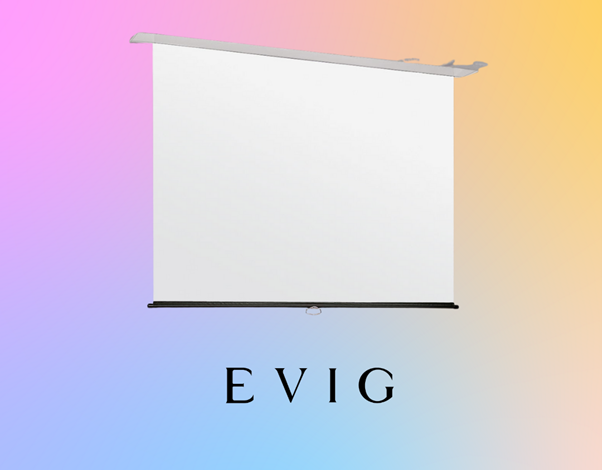What to Check When Your Ceiling Projection Screen Won’t Go Up or Down Smoothly

A ceiling projection screen can be great for home movies, meetings, or teaching. But sometimes it just won’t move up or down the way you want. Maybe it’s stuck halfway. Perhaps it’s making strange noises.
Don’t worry. Many of these problems are easy to spot and fix. This guide explains what to check step by step. It’s easy to follow and helps you get your screen working again without stress.
Start by Checking for Obvious Obstacles
First things first. Look around the ceiling projection screen. Sometimes something simple is in the way. A chair, a box, a plant, or even a hanging light can block it.
Check underneath, too. Ensure that nothing is obstructing the screen from lowering completely. Even small objects can make the screen get stuck or go crooked.
Clearing the area around your screen is the simplest and cheapest fix.
Test the Power Supply
If you have a motorized screen, it needs electricity. Check that it’s plugged in correctly. Sometimes plugs get knocked loose, especially if you’ve moved furniture.
Look at the power cord. Is it damaged or frayed? Don’t use it if it looks worn out. A damaged cord can stop the motor and pose a safety hazard.
Also, try another plug socket. Sometimes the problem is with the socket itself.
Look at the Remote or Wall Switch
Most motorized screens have a remote control or a wall switch. Check if the batteries in your remote are good. Weak or dead batteries are often the reason nothing happens when you press the button.
If you have a wall switch, press it a few times. Does it feel loose or stuck? A broken switch might need replacing.
If your remote works sometimes but not always, try pointing it straight at the receiver. Sometimes the signal is blocked.
Listen to the Motor
Press the button to raise or lower the screen. Do you hear the motor trying to work? A quiet hum indicates that power is being delivered, but something might be stuck.
If you hear nothing at all, the motor may not be receiving power or may have failed completely.
Never force the screen while the motor is trying to move it. That can break the internal parts.
Inspect the Screen Fabric
Take a good look at your flexible projection screen itself. Is it wrinkled or folded anywhere? Creases can make it jam when rolling up or down.
If you see folds, gently smooth them out. Be patient. Don’t pull hard or yank on it. That can rip the fabric or damage the roller mechanism.
Also, check the edges. Sometimes the edges curl over time and catch on the housing.
Check the Mounting and Screws
Loose mounting brackets can make the screen hang unevenly. That’s a common reason it gets stuck.
Use a screwdriver to tighten any loose screws gently. Don’t overtighten—they need to be snug.
Also, ensure the brackets are solid and properly secured to the ceiling or wall. Weak or damaged mounts can cause the entire screen to tilt or sag.
Read Also: Choosing Between Disc Replacement and Fusion: What Patients Should Know
Clean and Maintain It
Dust can build up over time. That dust can get into the housing and slow things down. Use a soft, dry cloth to wipe around the housing and the screen itself.
Avoid sprays or wet wipes. Moisture can damage both the motor and the fabric.
Performing a simple wipe-down every few weeks helps keep it looking good and working well.
Test the Motion Slowly
After making these checks, test the screen. Don’t keep pressing the button rapidly.
Press it once and let it finish moving. Observe. If it stops halfway or moves unevenly, stop and check again for anything blocking it or for folds in the fabric.
If it works slowly but smoothly, that’s usually okay. Many motors tend to slow down slightly over time.
When to Call a Pro
If your ceiling projection screen still won’t move right, it might be time to call someone. Don’t attempt to repair the motor or wiring yourself if you’re unsure. That can be dangerous and cause worse problems.
In Dubai, Evig is a known name for AV products and screens. They know how to fix, install, or replace screens safely.





